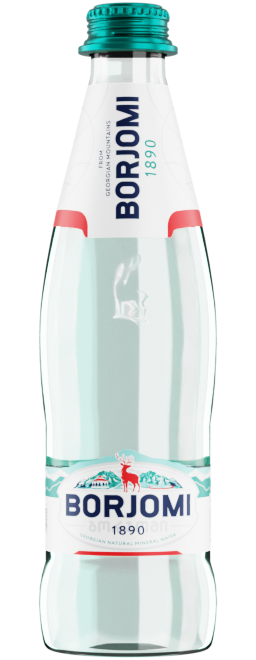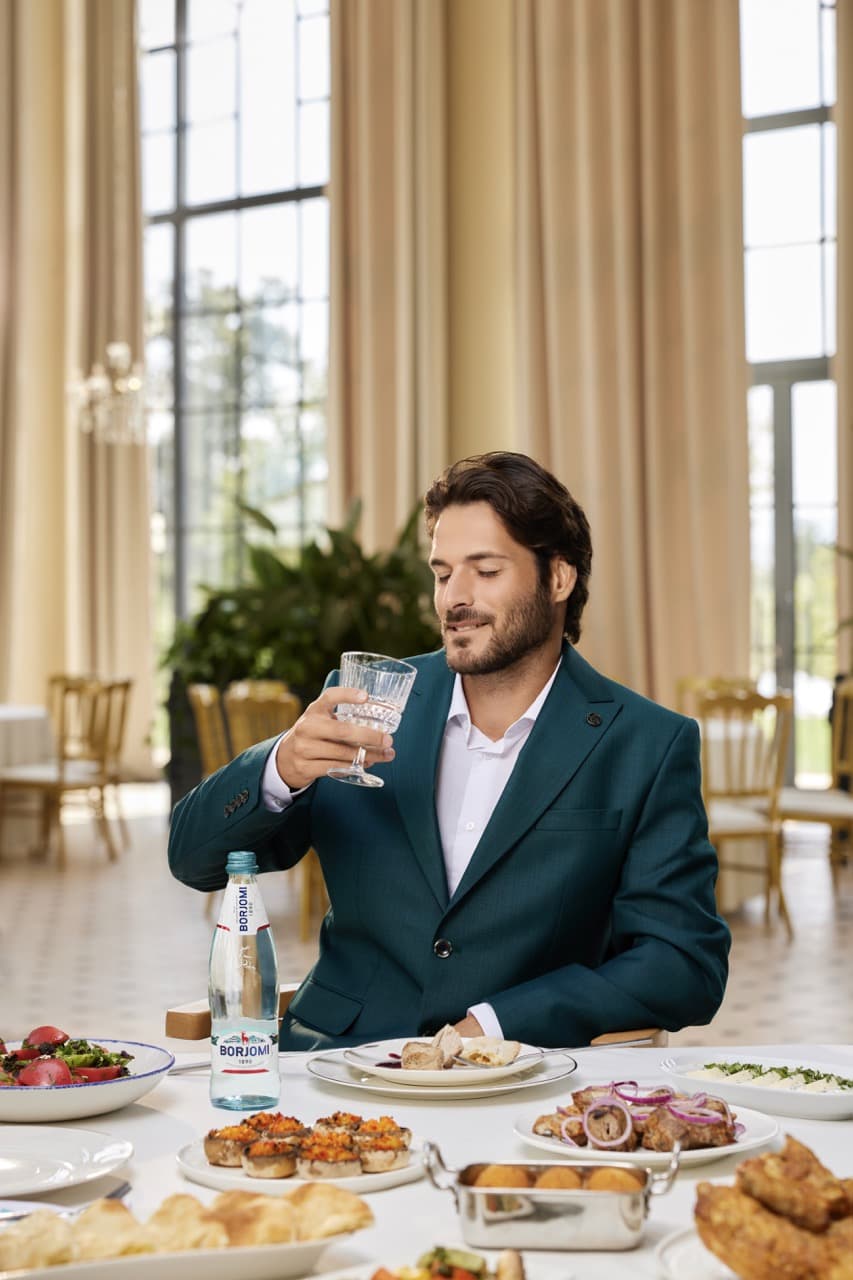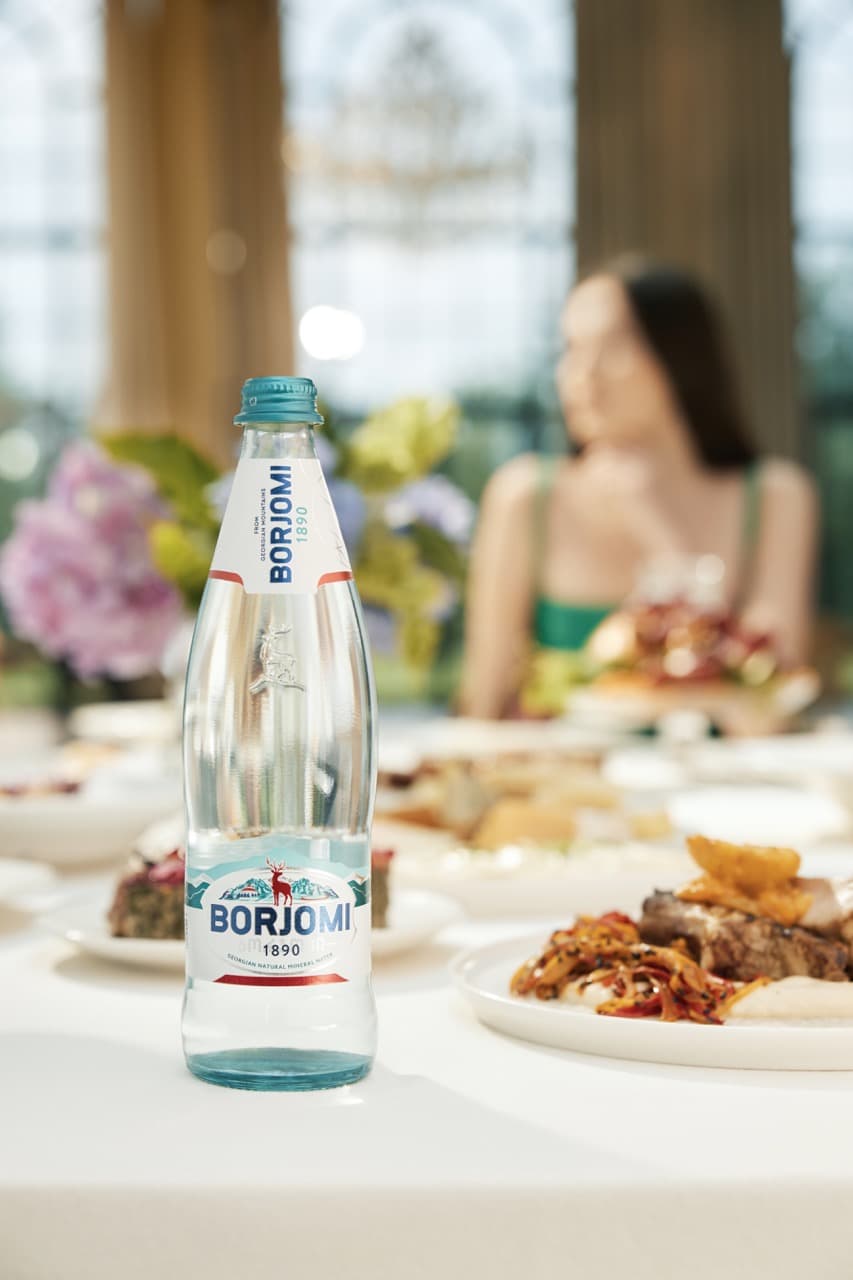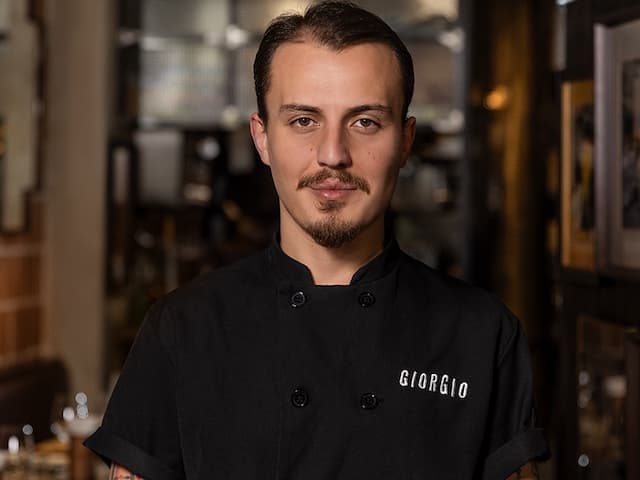
Chef
Luka Nachkebia
Everything around us works through the laws of physics and chemistry and if you ask me - culinary is a science. I am a scientist, a food technologist and I try to create art work in the form of delicious food using organic chemistry, biochemistry and physics.Though, apart from science culinary involves a good deal of emotions. I try to evoke emotions, curiosity and revive memories stored deeply in our minds. That's what I share with my students at the Agrarian University Culinary Academy.

Achma with meat
This is achma with meat, not lasagna. I don't care what will you say, it's Georgian dish, with Georgian flavor and traditional achma dough.

Sea bass with bladdernut and spinach
I love seafood, especially from the Black Sea, but unfortunately, no one catches them. Speaking no one, I mean Georgians, since the Turks have been caught sea bass and bream for a long time. And so, the Turks caught sea bass, sent to Georgia, we bought it and prepared our meal.


Mineral water Borjomi



see more
Georgian Gastronomical Adventure











































































